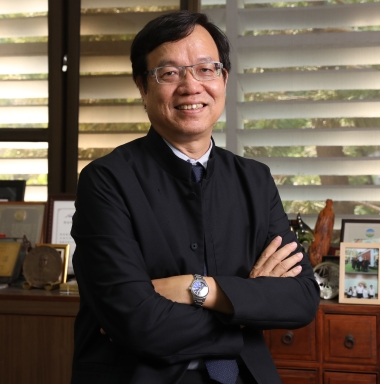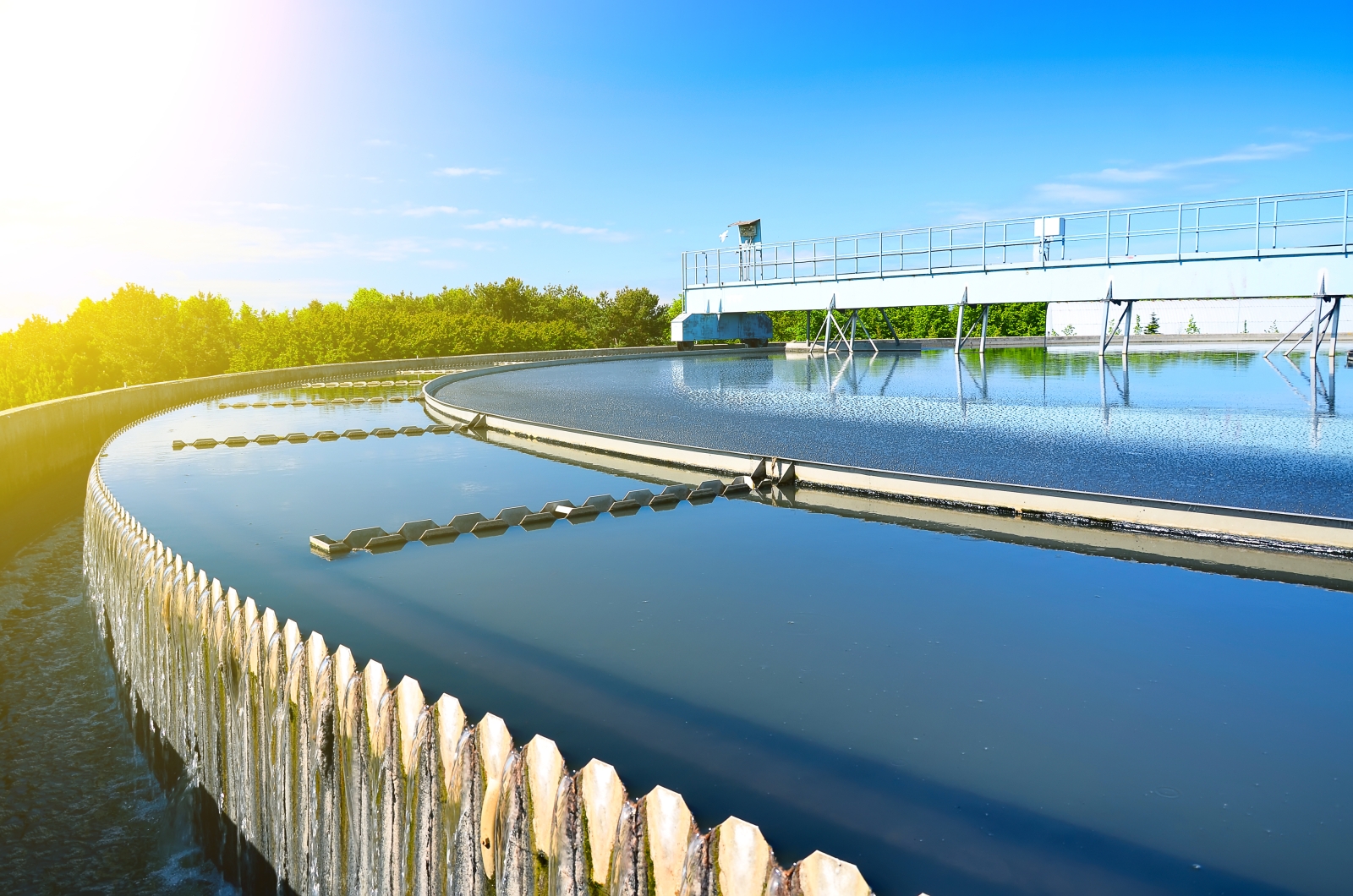

Investigating The Energy Demand of Drinking Water Treatment
Researchers analyze the energy and operational demand of aeration—the first step in drinking water treatment
To maintain supply of good quality water to urban areas, massive pressure is put on drinking water treatment plants. To bring down the energy requirements and production costs, researchers studied the efficiency of technologies used in drinking water treatment systems from Taiwan, Indonesia, New Zealand, and the Philippines. They found that the dissolved oxygen increments were 3.6 mg L-1. Additionally, the quality of raw drinking water from Taiwan was lower than that from Indonesia.
With the rise of urban populations around the world, the demand for clean and safe drinking water is also increasing. Treating water taken from natural resources or reservoirs is a good way to meet this need.
The problem? Depending on the quality of raw water and the demand of drinking water, however, water treatment systems can come under extreme pressure.
It requires a considerable amount of energy and monetary investment to supply drinking water. This energy can be used directly to run the water treatment systems in the form of electricity and fuel, or for indirect use such as chemicals, transport, and manufacturing. The operational costs involved in running a drinking water treatment plant (DWTP), too, are massive.
As both saving water and energy are important aspects of sustainable development goals, it is important to ascertain the energy demands and efficiency of technologies like aeration system so that the cost of producing a liter of water can be brought down. Here’s where researchers from National Cheng Kung University (NCKU), Taiwan, and the Worldwide Universities Network’s Global Research Group SDGs in Asia come in. The research group conducts work to further and encourage the Sustainable Development Goals and their achievement in Asia.
To this end, a project team led by Professor Tsair-Fuh Lin from NCKU looked at DWTPs from Taiwan, Indonesia, the Philippines, and New Zealand and compared their energy utilization and the cost efficiency of their aeration systems.
The process of aeration is often the first step in drinking water treatment. It involves passing large amounts of air through water and then venting this air outside. This air removes dissolved gases (such as carbon dioxide) and oxidizes dissolved metals such as iron, hydrogen sulfide, and volatile organic chemicals, removing them from water and rendering it safer to consume. Understandably, the energy needed for this process depends on the quality of the intake water.
Analyzing the aeration systems from the four countries, the researchers found that all the aeration systems had different purposes. The Fengshan Reservoir in Taiwan, which feeds The Fengshan Reservoir WTP, had low dissolved oxygen of <1.0 mg L-1 but high ammonia concentration, with the average being 1.8 mg L-1 and the maximum being 3.6 mg L-1. The concentration of ammonia was removed while a constant oxygen level of 3.6 mg L-1 was achieved through aeration.
Indonesia’s Belusung Badong water treatment system, which is fed by the Ayung river, used intake pumps to give static head (i.e, to lift water higher and increase its pressure) for aeration. The energy consumed in this process was considered to calculate energy consumptions. The aeration units were also used for chemical treatment of the water, such as pre-chlorination or coagulation. Aeration caused the dissolved oxygen to increase by 2.6-3.6 mg L-1 and 0.5-2.1 mg L-1,taking the dissolved oxygen levels from 5.7-7.6 mg L-1 to 9.7 mg L-1 and from 7.5-8.7 mg L-1 to 9.5 mg L-1 in Belusung Denpasar WTP and Belusung Badung WTP, respectively.
In the Philippines, the Putatan WTP uses flotation, filters, and advanced treatment like ultrafiltration and reserve osmosis to purify water.
To sum up, the WTPs in both Taiwan and the Philippines used aeration to supply oxygen while the ones in Indonesia increased the levels of dissolved oxygen before the main drinking water treatment.
Another finding was that of the water quality. Prof. Lin said, “The studied WTPs in Taiwan and Indonesia both have source water quality issues. ”
The team plans to publish two papers based on their findings soon. They have also presented their research in multiple workshops and seminars. Ultimately, their work can be used to improve the energy consumption of DWTPs, and thereby reduce the cost of water purification.
Here’s to improving processes and bringing the world one step closer to having clean water in a sustainable way!

Image caption: In an attempt to bring down the energy requirements and production costs, researchers studied the efficiency of drinking water treatment systems from Taiwan, Indonesia, New Zealand, and the Philippines.
Image credit: M-Production on Shutterstock; https://www.shutterstock.com/image-photo/modern-urban-wastewater-treatment-plant-576627958
Reference
|
Authors
Title of original paper
|
Tsair-Fuh Lin1, Idaa Warmadewanthi2, Delia B. Senoro3, Alison Subiantoro4, Ainul Firdatun Nisaa2, Aresto Bagastyo2, Ervin Nurhayati2, Yi-Ting Chiu1, Abhishek Singh1
Drinking Water Quality Sharing the technologies and identifying the issues
|
|
Affiliations |
N/A
1National Cheng Kung University |
About Professor Tsair-Fuh Lin